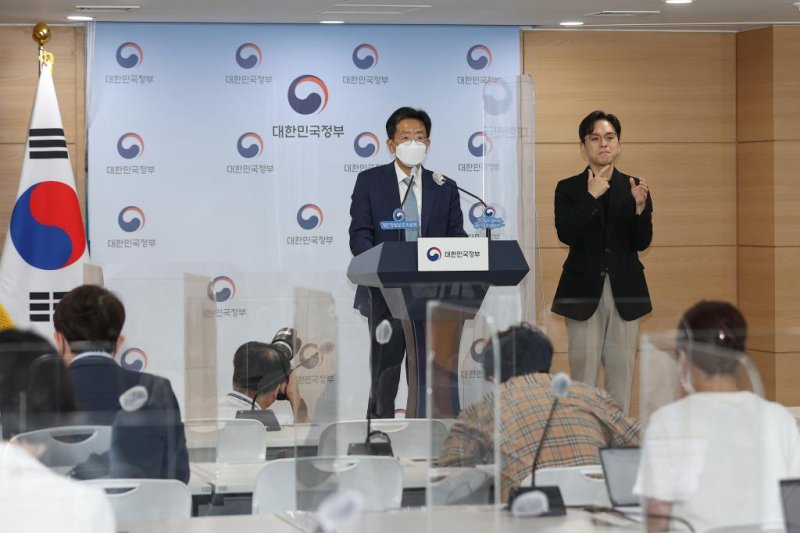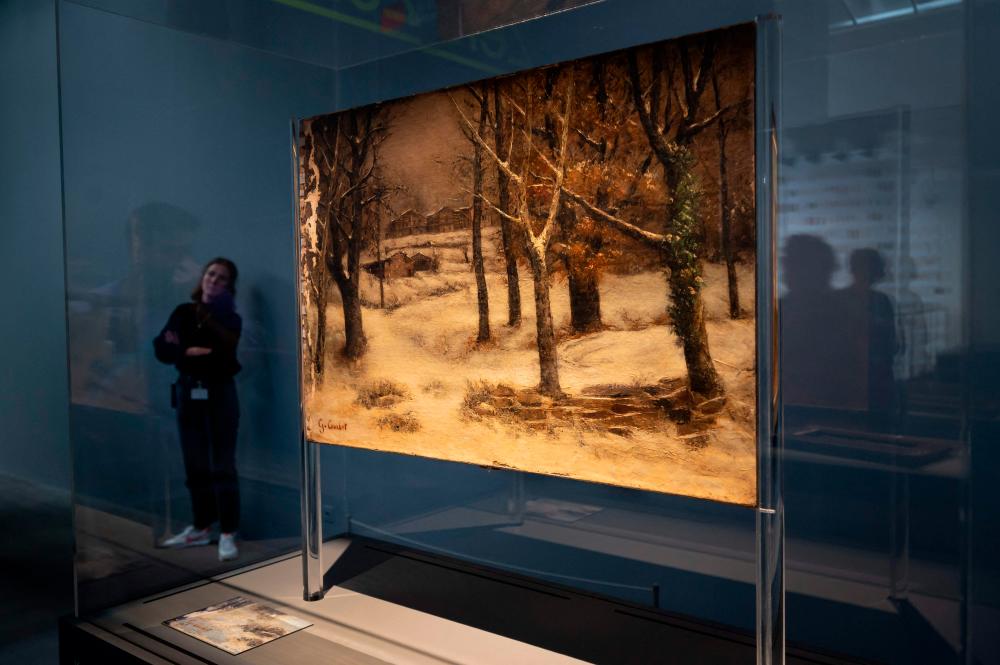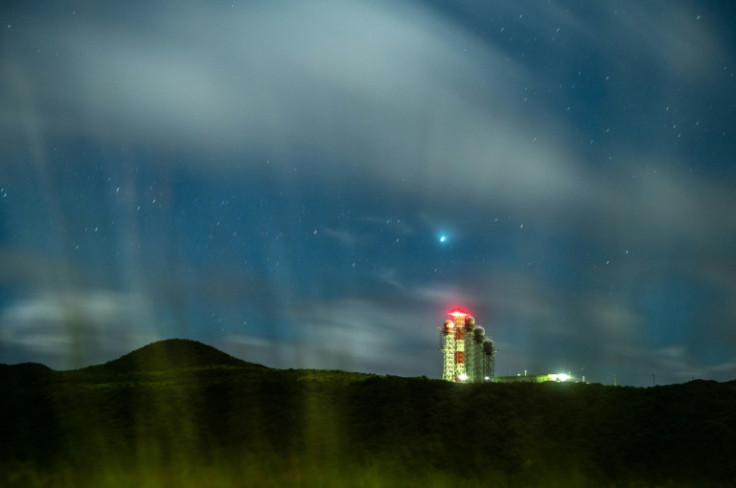
California filed an antitrust lawsuit against Amazon alleging the online retail giant forced merchants into anticompetitive pricing contracts.
File photo by Friedemann Vogel/EPA-EFE
Sept. 14 (UPI) -- California has filed an antitrust lawsuit against Amazon accusing the online retail giant of stifling competition by forcing inflated prices on other sites.
California Attorney General Rob Bonta announced the lawsuit Wednesday alleging Amazon violated California's Unfair Competition Law and Cartwright Act.
"For years, California consumers have paid more for their online purchases because of Amazon's anticompetitive contracting practices," Bonta said in a statement. "Amazon coerces merchants into agreements that keep prices artificially high, knowing full well that they can't afford to say no."
"With other e-commerce platforms unable to compete on price, consumers turn to Amazon as a one-stop shop for all their purchases," Bonta said.
California's lawsuit against Amazon comes after a similar complaint was filed in May 2021 by the District of Columbia. That suit was dismissed earlier this year and is under appeal.
The complaint filed Wednesday in San Francisco superior court targets the contractual language Amazon uses with third-party sellers.
"Merchants must agree not to offer lower prices elsewhere -- including competing sites like Walmart, Target, eBay and, in some cases, even on their own websites," Bonta said.
Merchants who violated the agreement allegedly faced fees or had their products removed from Amazon listings.
Amazon fired back and has called on the court to dismiss the lawsuit.
"The California Attorney General has it exactly backward. Sellers set their own prices for the products they offer in our store. Amazon takes pride in the fact that we offer low prices across the broadest selection, and like any store we reserve the right not to highlight offers to customers that are not priced competitively," Amazon said in a statement to CNN. "The relief the AG seeks would force Amazon to feature higher prices to customers, oddly going against core objectives of antitrust law."
Amazon accounts for about 38% of online sales in the United States, which is more than Walmart, eBay, Apple, Best Buy and Target combined, according to research firm Insider Intelligence. About 2 million sellers list their products on Amazon's third-party marketplace, which makes up 58% of the company's sales.
California's lawsuit seeks to ban Amazon from entering into anticompetitive contracts that hurt price competition. The suit also demands Amazon pay damages to compensate California consumers allegedly hurt by higher prices, as well as penalties to deter other companies from engaging in similar practices.
"With today's lawsuit, we're fighting back," Bonta said. "We won't allow Amazon to bend the market to its will at the expense of California consumers, small business owners, and a fair and competitive economy."
Sept. 14 (UPI) -- California has filed an antitrust lawsuit against Amazon accusing the online retail giant of stifling competition by forcing inflated prices on other sites.
California Attorney General Rob Bonta announced the lawsuit Wednesday alleging Amazon violated California's Unfair Competition Law and Cartwright Act.
"For years, California consumers have paid more for their online purchases because of Amazon's anticompetitive contracting practices," Bonta said in a statement. "Amazon coerces merchants into agreements that keep prices artificially high, knowing full well that they can't afford to say no."
"With other e-commerce platforms unable to compete on price, consumers turn to Amazon as a one-stop shop for all their purchases," Bonta said.
California's lawsuit against Amazon comes after a similar complaint was filed in May 2021 by the District of Columbia. That suit was dismissed earlier this year and is under appeal.
The complaint filed Wednesday in San Francisco superior court targets the contractual language Amazon uses with third-party sellers.
"Merchants must agree not to offer lower prices elsewhere -- including competing sites like Walmart, Target, eBay and, in some cases, even on their own websites," Bonta said.
Merchants who violated the agreement allegedly faced fees or had their products removed from Amazon listings.
Amazon fired back and has called on the court to dismiss the lawsuit.
"The California Attorney General has it exactly backward. Sellers set their own prices for the products they offer in our store. Amazon takes pride in the fact that we offer low prices across the broadest selection, and like any store we reserve the right not to highlight offers to customers that are not priced competitively," Amazon said in a statement to CNN. "The relief the AG seeks would force Amazon to feature higher prices to customers, oddly going against core objectives of antitrust law."
Amazon accounts for about 38% of online sales in the United States, which is more than Walmart, eBay, Apple, Best Buy and Target combined, according to research firm Insider Intelligence. About 2 million sellers list their products on Amazon's third-party marketplace, which makes up 58% of the company's sales.
California's lawsuit seeks to ban Amazon from entering into anticompetitive contracts that hurt price competition. The suit also demands Amazon pay damages to compensate California consumers allegedly hurt by higher prices, as well as penalties to deter other companies from engaging in similar practices.
"With today's lawsuit, we're fighting back," Bonta said. "We won't allow Amazon to bend the market to its will at the expense of California consumers, small business owners, and a fair and competitive economy."
















































